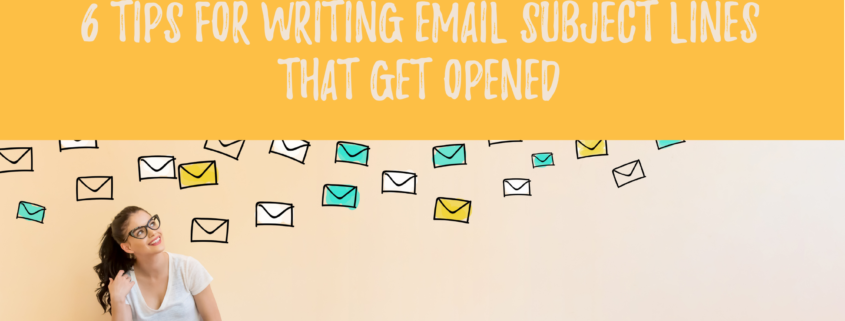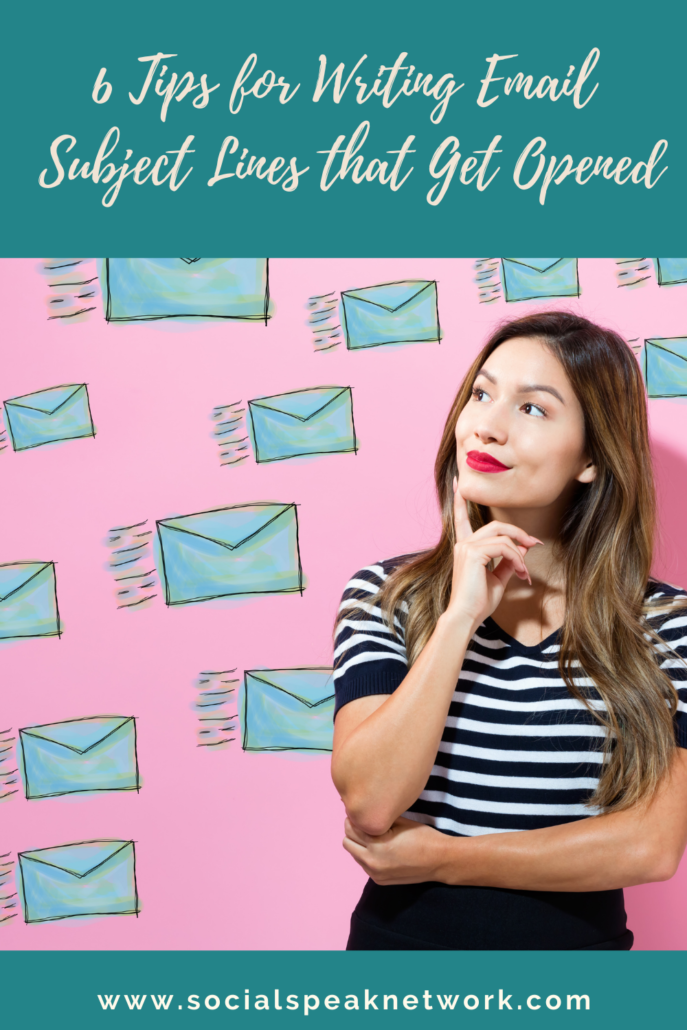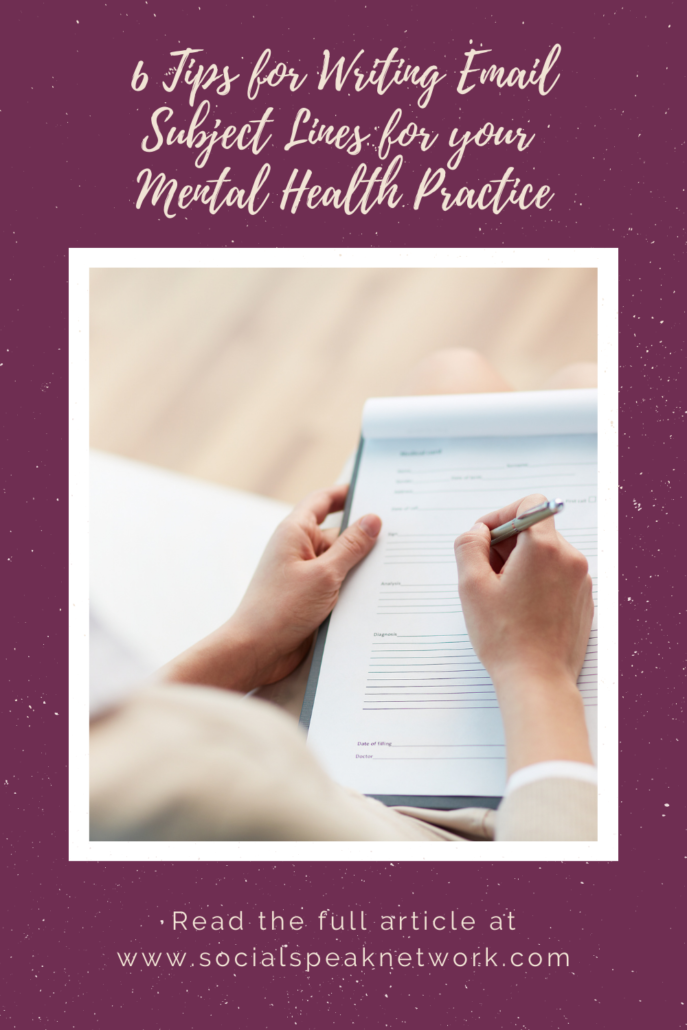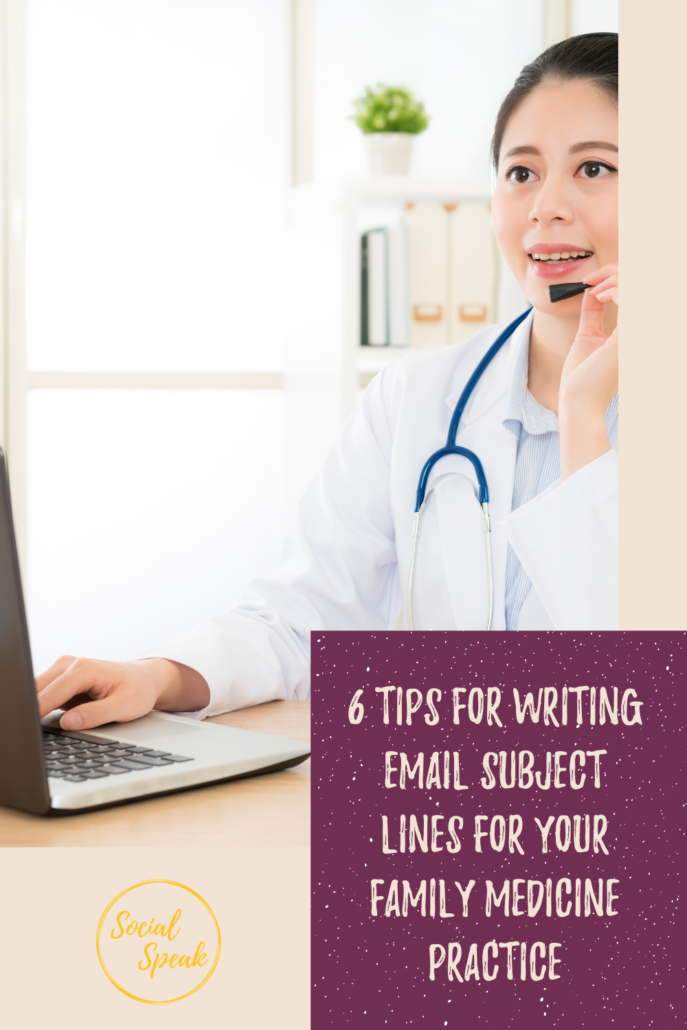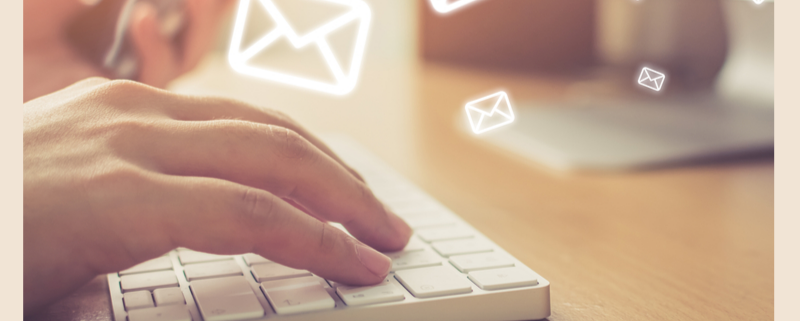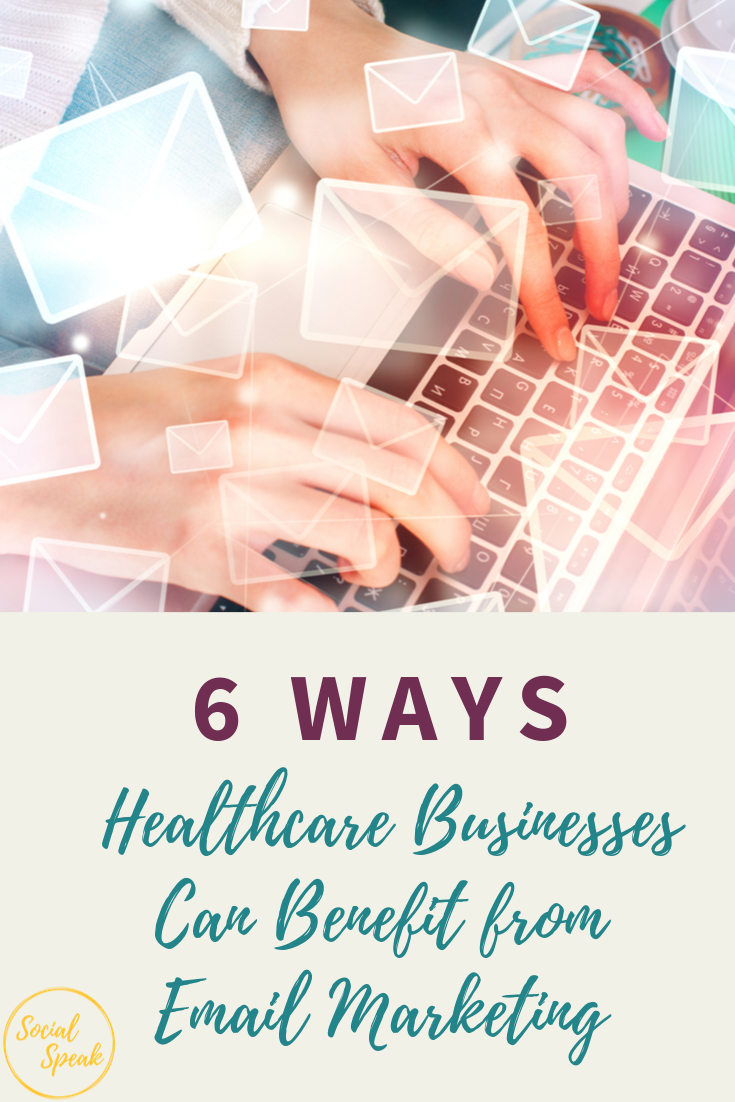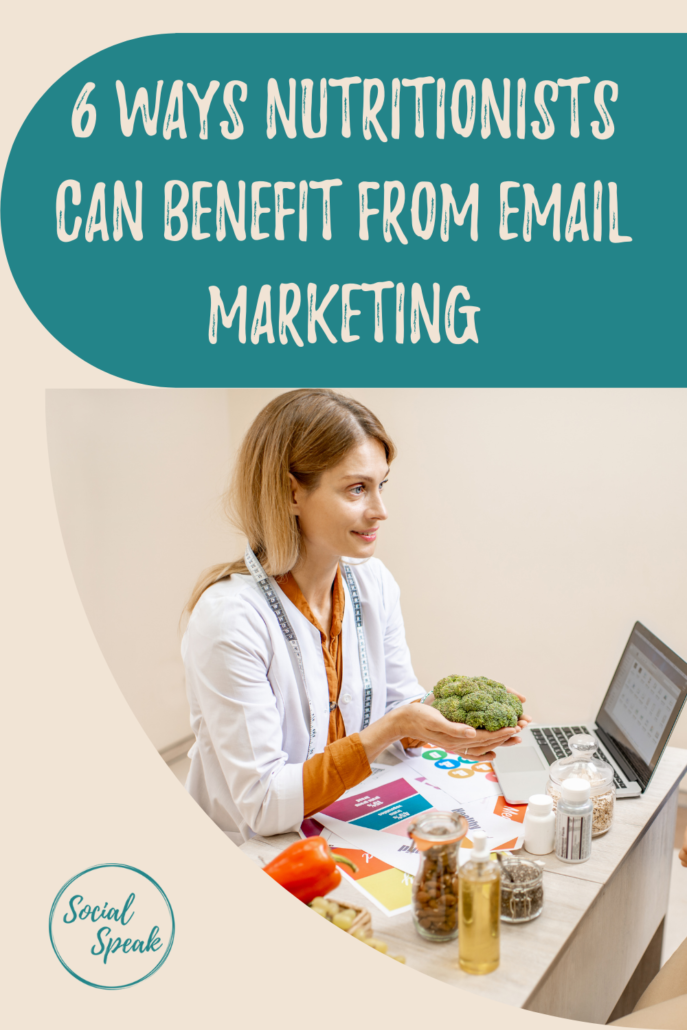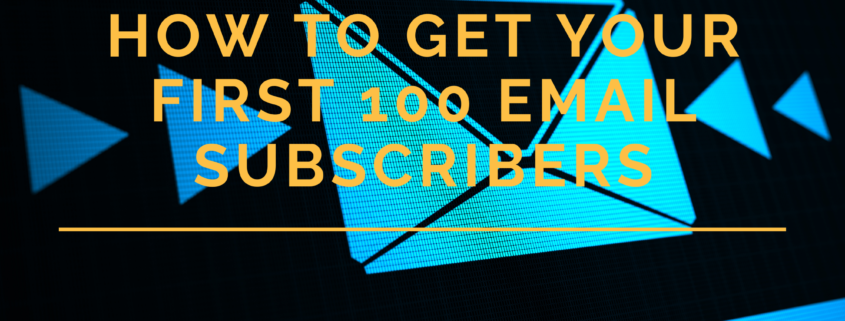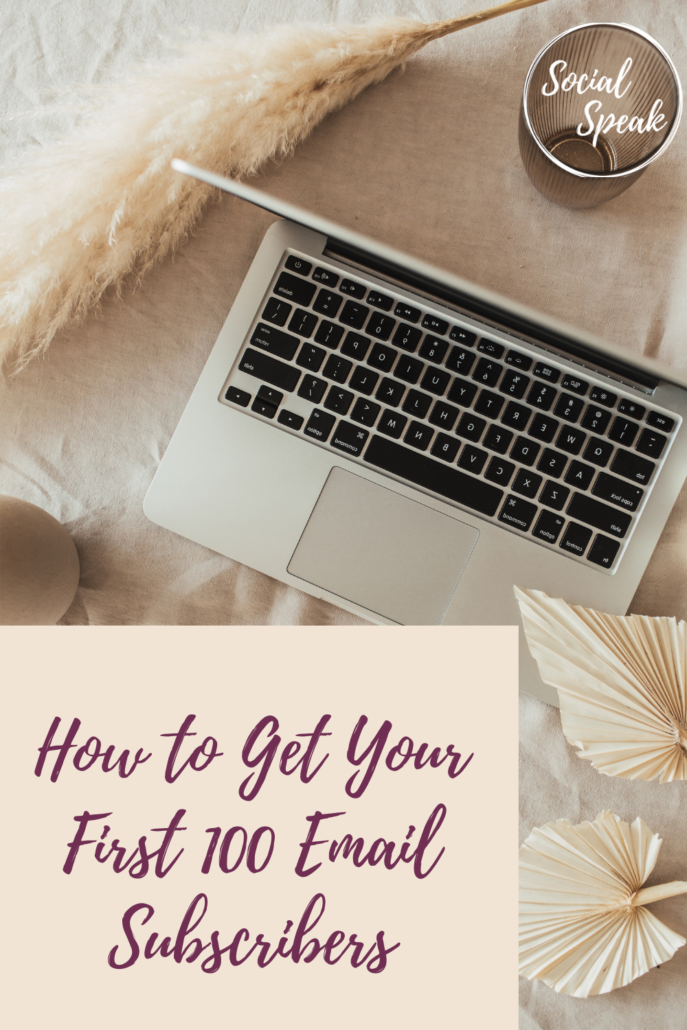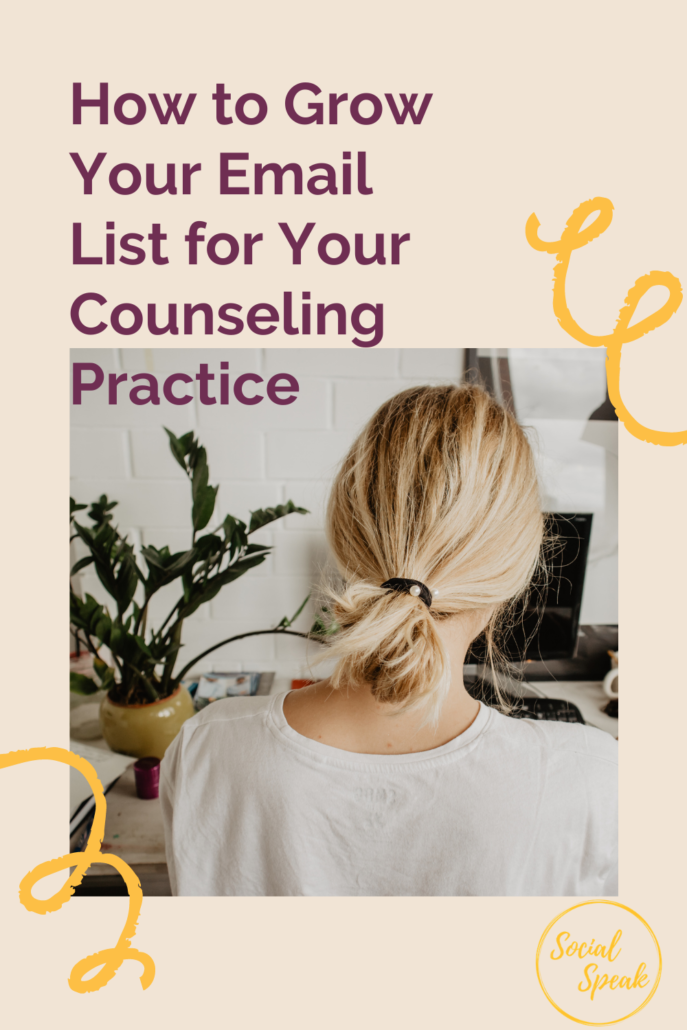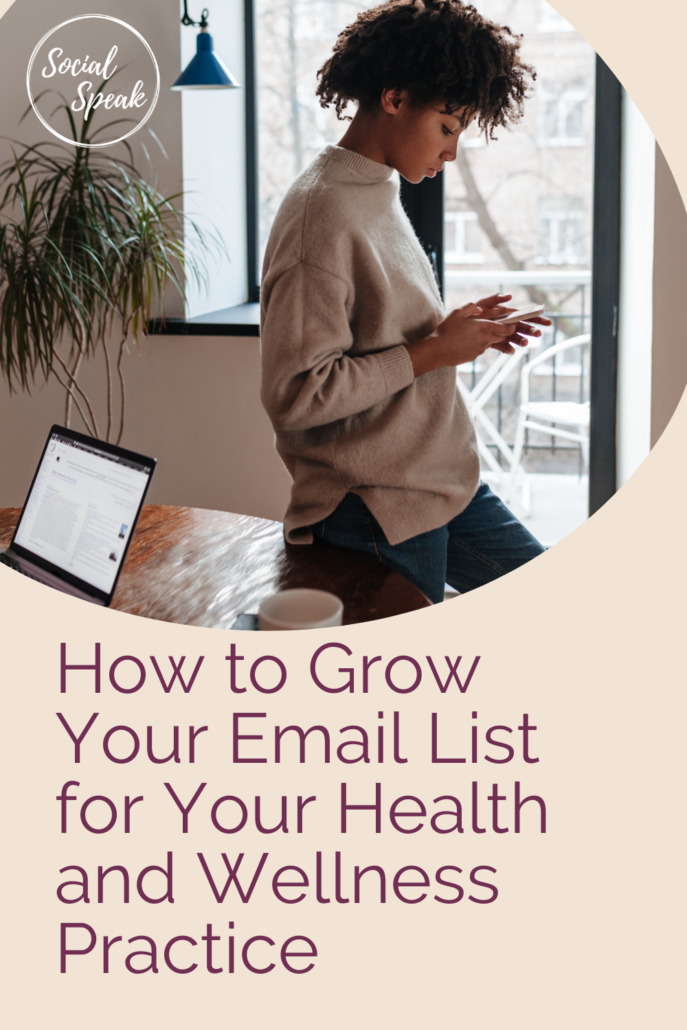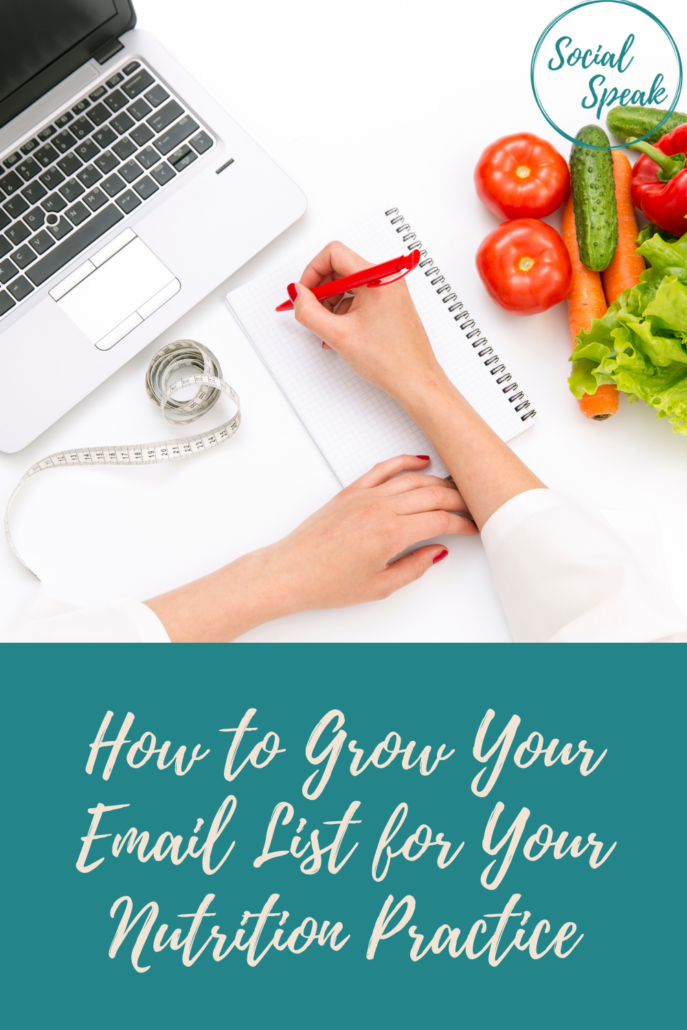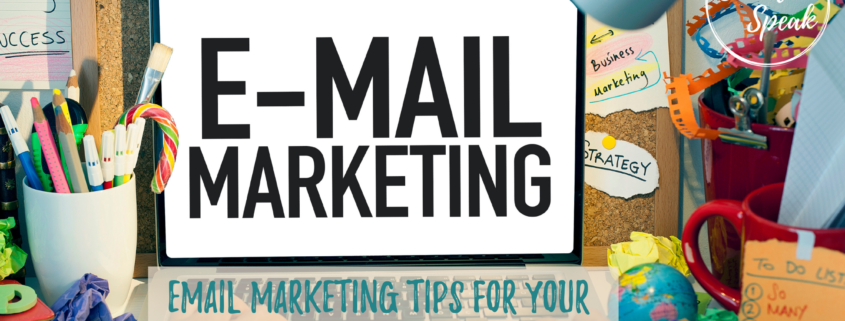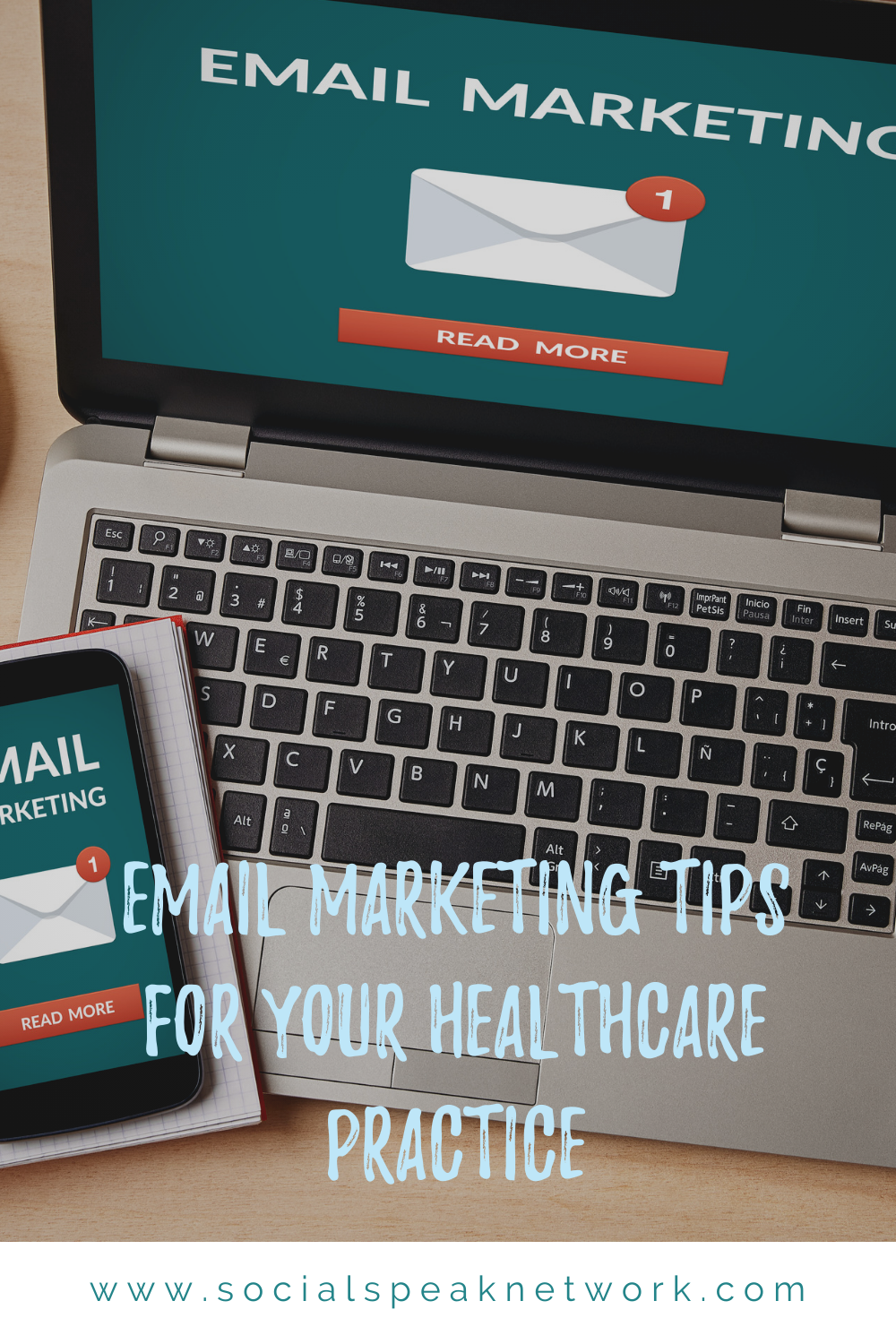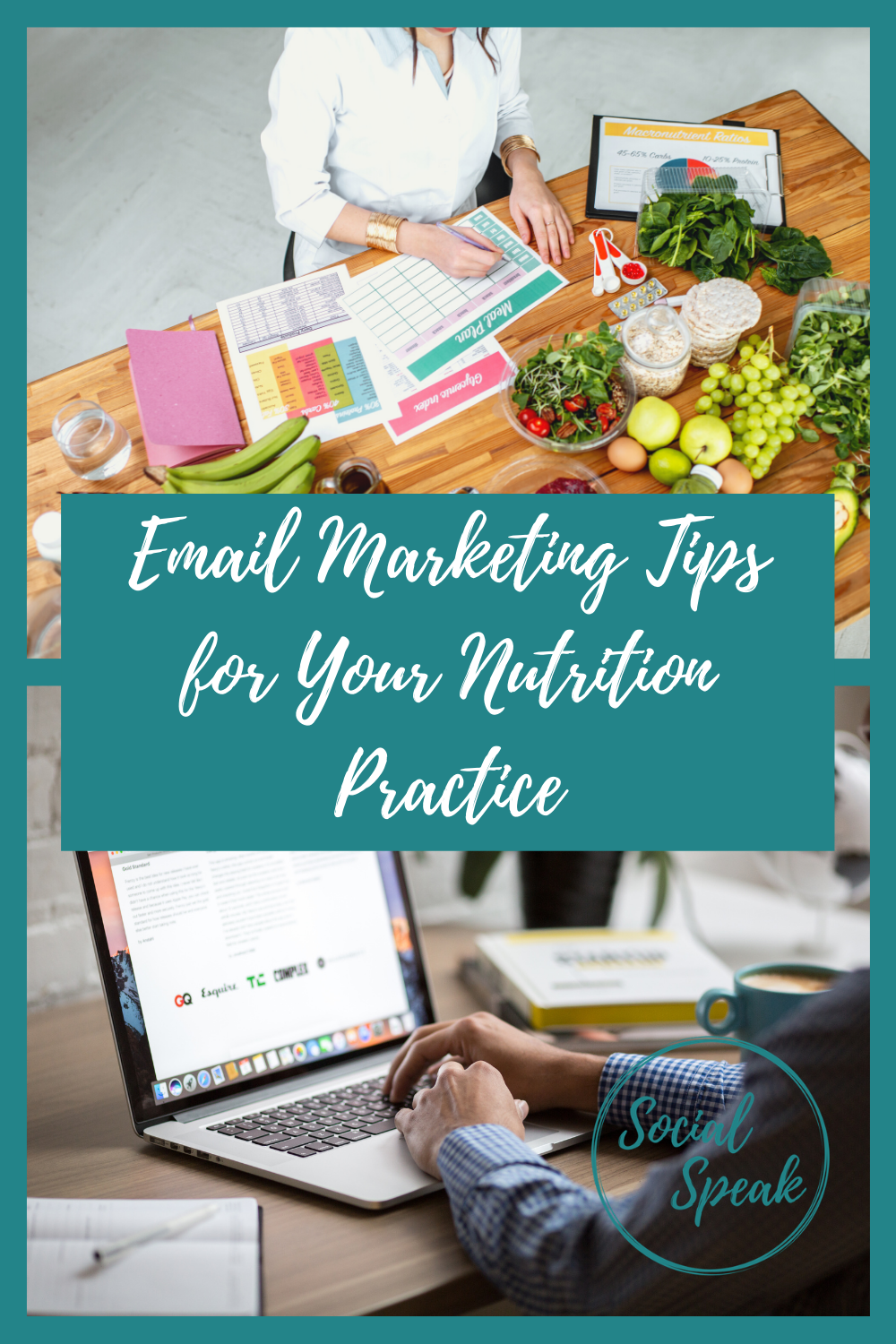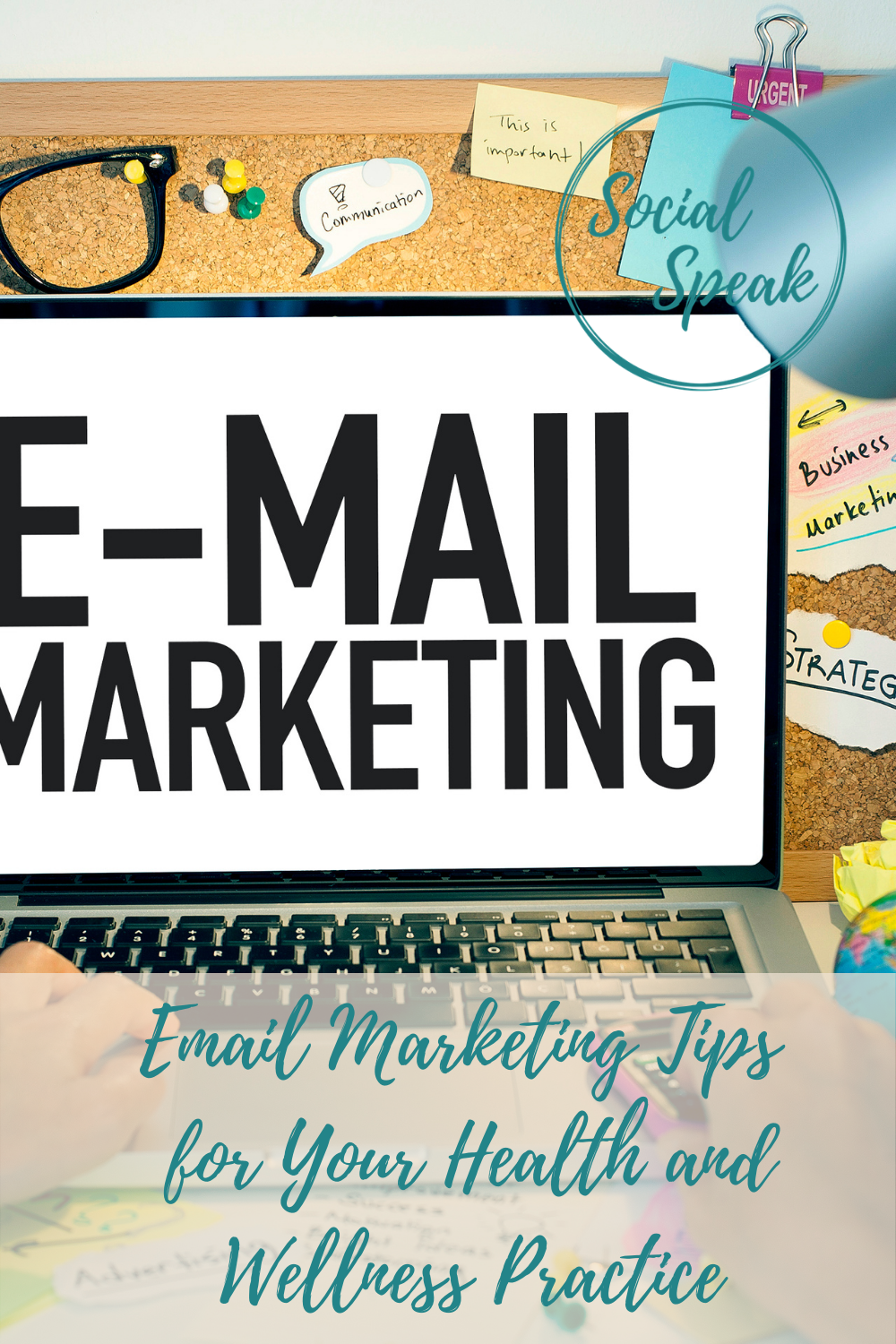A good email starts with a subject line that captures the recipient’s attention. It has to be engaging and interesting enough to give people a reason to open and read your email. But let’s face it. Writing a catchy, powerful subject line isn’t easy. Some don’t even give it much thought. If this is you, then you’re making a big mistake.
It doesn’t really matter how valuable your message is. If your emails aren’t getting opened, then they’re not getting read.
The chances of your emails being ignored are pretty high unless you have a powerful subject line. Use these tips to get your emails opened, read, and, and clicked.
Keep them short
Today, more and more people are checking their emails on their smartphones. What most people fail to realize is that only 30 characters of an email’s subject line are shown on a mobile phone. To avoid getting your subject lines truncated, we recommend keeping them short.
In today’s busy world, you want to make sure that your subject line conveys your message succinctly but clearly. Get right to the point in about six to eight words. Aim for no more than 50 characters or so, as longer subject lines may get cut off on some devices.
Come to think of it. What good is your subject line if recipients can’t even read them?
Communicate urgency
Everyone feels a certain level of FOMO in their lives. Studies suggest that people are more likely to respond to the possibility of missing out than gaining something. Use it to your advantage by applying it to your subject lines.
Consider using action phrases that convey a sense of urgency, so that people will act quickly. Instead of saying, “We have a special offer for you”, use action-oriented language to create a sense of urgency and motivate recipients to open the email.
You can say something like, “Offer expires in X days”. Don’t be afraid to make the turnaround as short as 24 hours. Setting a deadline creates a sense of urgency that encourages the recipient to prioritize your email.
Tell them what’s inside
What is the purpose of sending the email? Is it to promote an upcoming event? Are you delivering an ebook you promised a visitor? Maybe you just want to share some tips or advice with your subscribers? Whatever the reason is, be very clear about the value of your email and what it means for your subscribers.
Make it clear that there is something valuable waiting inside the email. Use your subject line as a teaser.
Use language that implies exclusivity
People love being included in something exclusive. Using phrases such as “exclusive offer” or “members only” can entice them to sit up and really pay attention.
Use the principle of exclusivity to make readers feel special. Instead of saying “Please take part in our survey”, try saying “You have been selected to take part in our survey”. This suggests that they have been personally chosen and that their response truly matters.
Avoid using words that trigger spam filters
You may not be sending spam on purpose, but if you use certain words on your email, they are likely to be picked up by spam filters.
The last thing you want is for your emails to land straight in the recipient’s SPAM inbox. In some cases, people report an e-mail as spam based on their subject line alone. That’s why you should be careful when choosing the words you use in your email’s subject line.
Avoid using words such as free, no hidden costs, act now, 100% free, % off, $, guarantee. To make it easier, you can refer to Hubspot’s Ultimate List of Email SPAM Trigger Words.
Create some sense of mystery
Some subject lines work because they pique the recipient’s natural curiosity and interest. They know they will benefit from opening the email. But have you tried adding mystery to your email subject lines?
Mystery email subject lines create a bit of intrigue and playfulness. They’ll pique your subscribers’ interest, they’ll have no choice but to open and read the email. It might be just the creative tactic you need to cut through the noise.
Bonus tip: Test and analyze
Don’t be afraid to test different subject lines to see what works best. Analyze your open rates and adjust your approach as needed to continually improve your email marketing strategy.
Final thoughts
Crafting an email subject line is an essential part of any email marketing strategy. By following the tips outlined above, you can ensure that your emails are getting into the inboxes of your target audience and increase engagement.

